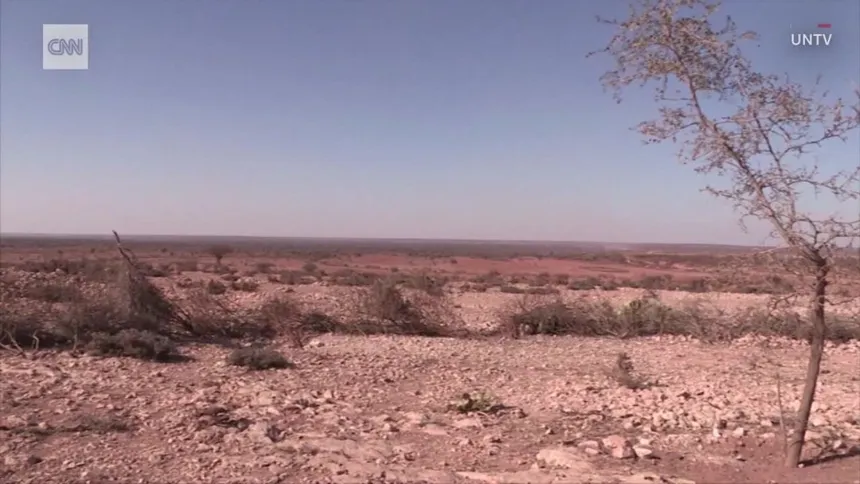The World Meteorological Organization (WMO) has officially declared the arrival of a climate-heating El Niño event, warning that preparation for extreme weather events is crucial to save lives and livelihoods. The last major El Niño occurred in 2016, which remains the hottest year on record. This event comes on top of the increasing global heating driven by human-caused carbon emissions, creating a “double whammy” that can supercharge extreme weather. Temperature records are already being broken on land and sea across the globe.
The WMO predicts a 90% probability of the El Niño event continuing to the end of 2023 at a moderate strength or higher. The chances of a strong and even hotter El Niño at the year’s end are put at 56% by US authorities. This sudden surge in global heating is attributed to natural variations in winds and ocean temperatures in the Pacific, which drive the irregular switches between El Niño and its cooler opposite La Niña.
As the planet’s biggest natural climate phenomenon, El Niño affects billions of people worldwide. It typically brings more flooding in the US, South America, the Horn of Africa, and central Asia, as well as severe heatwaves and droughts in eastern Australia, Indonesia, south Asia, and Central America. The onset of El Niño will greatly increase the likelihood of breaking temperature records and triggering more extreme heat in many parts of the world and in the ocean.

Petteri Taalas, the WMO secretary-general, emphasized the importance of governments around the world mobilizing preparations to mitigate the effects of El Niño. Early warnings and anticipatory action of extreme weather events are vital to save lives and livelihoods. Record temperatures have been recorded in recent months, with the UK experiencing an unprecedented heatwave and record sea ice low around Antarctica.
Scientists attribute this surge in global heating to the climate crisis playing out as they had warned, rather than an unanticipated surge in heating. Some researchers believe El Niño could drive 2023 to become the hottest recorded year, although the greater pulse of heat will appear in 2024. A recent report by the WMO and the UK Met Office estimated a 66% chance of global annual temperatures exceeding pre-industrial levels by 1.5C for at least one year by 2027.
The WMO’s director of climate services, Chris Hewitt, cautioned that this is not a guarantee that the 1.5C level specified in the Paris agreement will be exceeded within the next five years. However, it serves as yet another wake-up call that humanity is not yet going in the right direction to limit warming to within the targets designed to substantially reduce the impacts of climate change.

